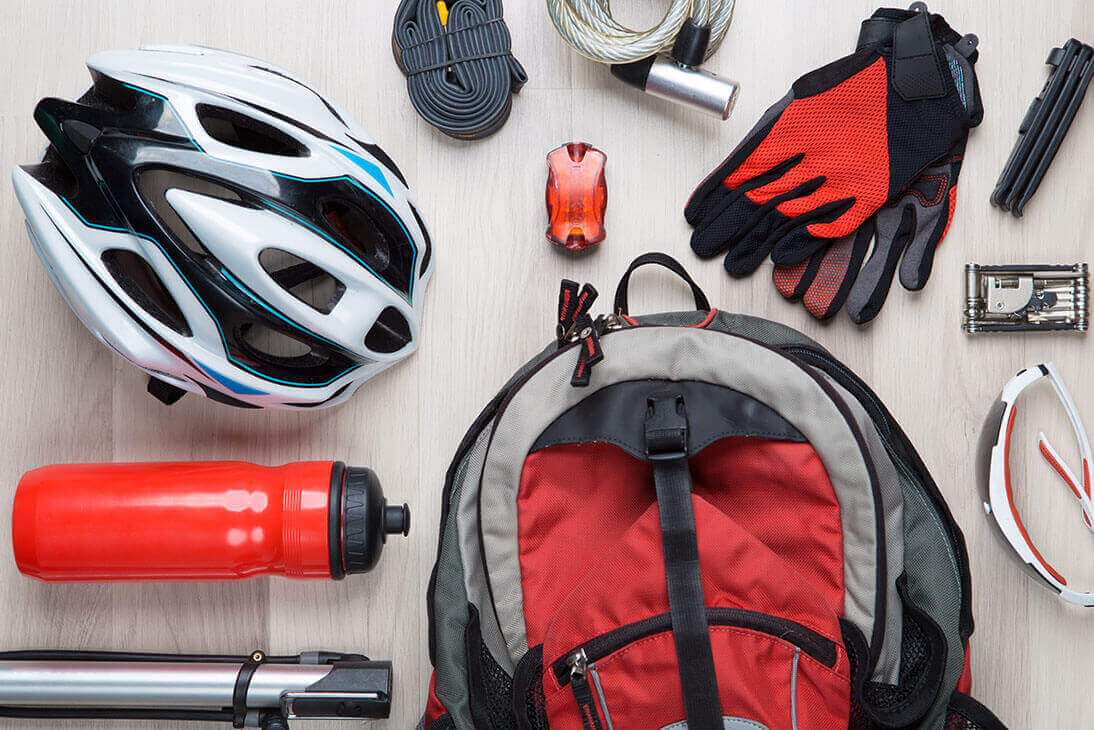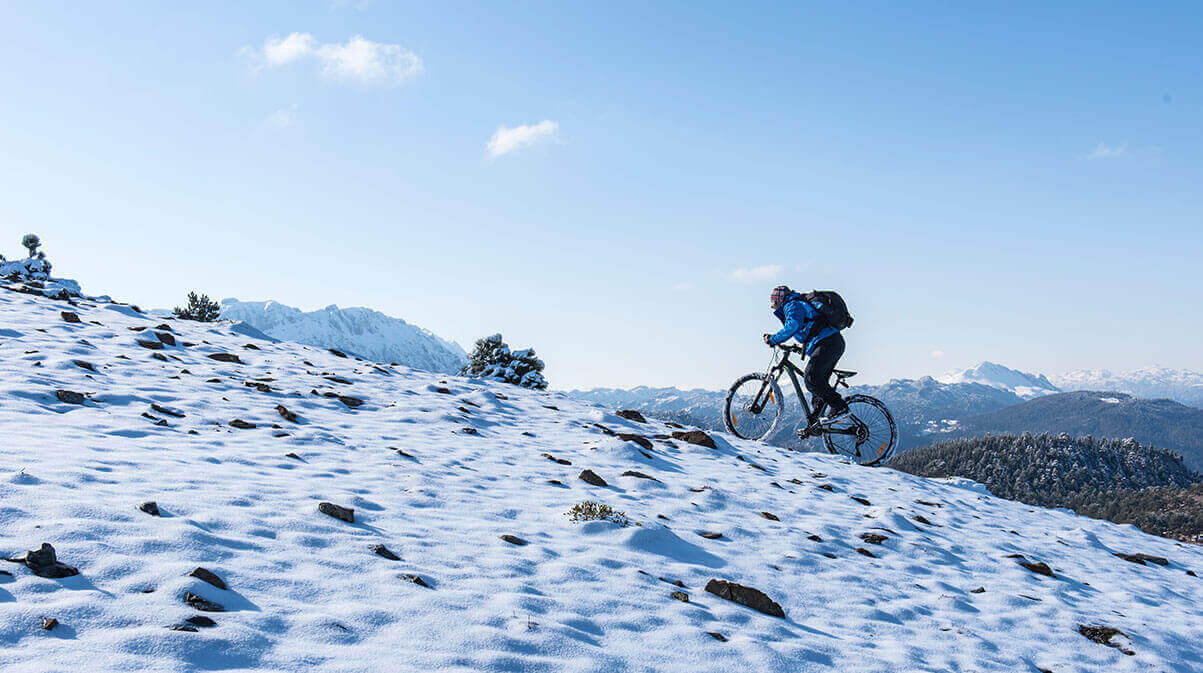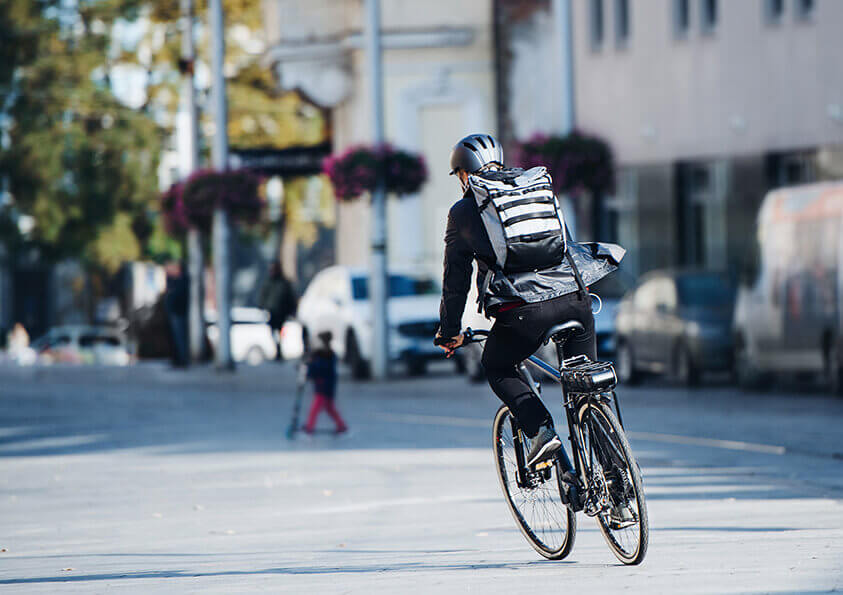Since the pandemic started in 2020, millions of people worldwide have turned to cycling to stay active and, more importantly, remain healthy. Cycling offers a heap of benefits like improving your fitness, staying healthy, reducing stress and anxiety, and it's fun; a lot of fun.
Whether you have a $10,000 Trek road bike or a stationary bike from 1972, it doesn't matter; cycling is cycling. But what about if you're a beginner to cycling? Maybe you've been thinking about bike commuting to work or even joining group and bunch rides on the weekends; are there things you need to learn and things you need to avoid?
You bet there are. In this article, we'll look specifically at the 5 top tips for beginner cyclists to make your riding experience a safe and enjoyable one.
Never Ride Without Your Helmet

Where I'm based in Japan, it's not compulsory for adults riding a bike to wear a helmet; believe it not, for years, I chose to ride with no helmet. Luckily for me, I could steer clear of any trouble, but the instant my daughter was born, I decided to never ride my bike again without my helmet.
Purchasing a helmet is not one of those accessories you want to "skimp" on especially considering your life is quite literally on the line. Thankfully though, helmets are not that expensive, and you can find a heap of reputable brands at your local bike dealer or sports department store. I would AVOID buying a helmet online simply because you want to be able to inspect it and see if it fits.
When selecting a helmet, make sure it fits snuggly and that you can fit one finger width between the straps and your chin; this is crucial to ensure the helmet doesn't slip while riding. Another excellent tip is to check if the helmet has been tested and certified in the country of your residence. If you notice a crack in your helmet, replace it as soon as possible.
Left Is Rear, Right Is Front
Left is rear, right is front? What is he talking about your thinking; well, if you're new to cycling, you can be excused for not knowing that I'm referring to the brakes on your bike. The left lever controls your rear brakes, and the right lever controls your front brakes and making sure that you know the difference is absolutely paramount to your safety on the bike.
Coming to a stop safely on your bike requires you to pull on both levers with 70% of the pressure on your rear brake with the other 30% on your front brake. The last thing you want to do is "grab" the front brake too hard because it will send you sailing over the front of the handlebars.
When you brake, keep your riding position nice and stable, and try to avoid getting out of the saddle. If you're riding a road bike with clip-in pedals, you can practice braking and stopping on a soft surface like grass; this way, you don't scratch yourself or your bike.
Let There Be Light
Apart from your helmet, a good set of high-quality LED lights are vital to your safety while out on the bike, especially if you're commuting to and from school or work. Whether you're riding your bike during the middle of a hot summer's day or in the darkness of winter dusk, having LED lights on your bike is non-negotiable.
Make sure you purchase LED lights with long battery life because, just like your iPhone, the last thing you want is to run out of battery halfway through your ride. Speaking of your iPhone, do you have a compatible charging case to ensure your battery stays topped up while out on your rife? If not, I highly recommend purchasing an iPhone charging case to give yourself peace of mind while out on the bike. Be sure to get a secure bike phone mount so you can mount your phone on to your bike's handlebars.
I know many experienced riders that ride without lights, and I DON'T want beginners to make the same mistake. Using a good set of lights is the easiest way to stay visible, which is another way of saying, "it's the best way to stay safe."
Comfort Over Fashion
If you're new to cycling, then your first few rides could be somewhat "uncomfortable." I still remember the first few times my wife rode, complaining about how the saddle hurt her backside. I must admit I did have a bit of a laugh.
But all jokes aside, it is imperative for beginner cyclists to purchase cycling-specific clothing such as bibs and shorts. Cycling shorts are made with a chamois to help keep your bum nice and comfy on the bike, especially important if your commute is longer. Other essentials are "highly-visible" jerseys or clothing.
Bike brands these days have heaps of clothing to choose from. For beginners, you're better off choosing a pair of dedicated cycling shorts and a few casual tops; no need at this stage to jump into purchasing fancy and expensive lycra unless you want to, of course.
Don’t Look Down; Look Ahead
Now, although it might seem obvious many cyclists new to cycling don't actually look ahead while riding; instead, they look down. This is partly due to a lack of experience riding on the road but also because beginners focus so hard that they forget to look up.
Looking ahead allows you to spot obstructions like parked cars, pedestrians, and fellow cyclists. You can also spot potholes or pieces of glass or metal that can cause punctures.
That’s a wrap
As with anything new, your first few rides can be daunting, particularly if you plan on commuting to work, in which case, more than likely, you'll be riding on the road. If you're lucky enough to live in a city with dedicated bike lanes, then that's even better.
Stay visible when you're out on the bike with a good front and rear light set and highly visible clothing like shorts, jerseys, and a good helmet. Last but not least, whatever you do, never head out on a ride without your iPhone charging case; this way, if something does go wrong, you can always let your loved ones know you're safe.
Happy cycling!!




Leave a comment
This site is protected by hCaptcha and the hCaptcha Privacy Policy and Terms of Service apply.